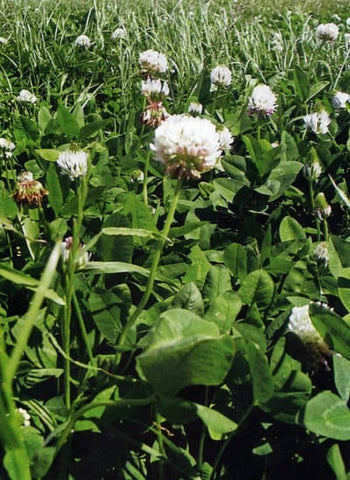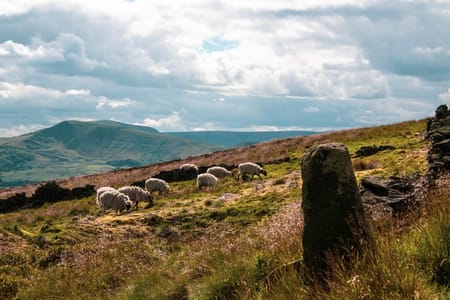Herbal Ley for Grazing Animals

Just as most of us would soon tire of only eating lettuce as the sole green on our plates, grazing animals (and poultry) have a keen sense of foraging for a selection of different plants when they’re made available.
Not only are herbal leys great for animals, their root systems help improve the soil as these penetrate the soils. This allows easier movement of beneficial microbial life and the good soil creatures like worms while also improving drainage and increasing soil humus.

Deep rooting herbs like Chicory mine the soil for important nutrients and minerals making them available to the grazing animals above. Chicory, Burnet, Sorrel, Plantain, Fodder Beet, Brome, Cocksfoot, Parsley, Fescue, Arugula, Kale, Minutina, Perpetual Spinach with just a hint of Lucerne and Clover (to avoid bloat) all offer a range of essential vitamins, minerals, amino acids and dietary fibre to keep your stock healthy and looking forward to that next break feed or paddock rotation. After a thorough rinse and with a nice vinaigrette, you could probably create a tasty salad from the fresh leaves for yourself.

The best seasons to sow a herbal Ley are spring, early summer and then again in autumn avoiding the cold soils of winter and the dry heat of summer, both of which can limit a successful strike rate.
Sowing into loose soil with a fine tilth is the ideal to aim for, as it allows the herbal ley to establish as the dominant species. While at the other end of the scale, over sowing into ground covered with kikuyu will achieve limited results. It's all about competition in the plant world.
Allow the ley to establish and develop a decent height of at least 20 cm or more before allowing stock to graze it.
Break feeding or rotating them on and off on a regular basis allows the ley to recover and regenerate while also allowing some of the annuals to self seed.
Grazing it too hard or letting it get trampled will certainly limit its life span, while leaving it fallow over some of the winter and summer is a good management option.
Consider resowing or over sowing after the first year to repair and maintain any areas that haven’t done so well.

























































